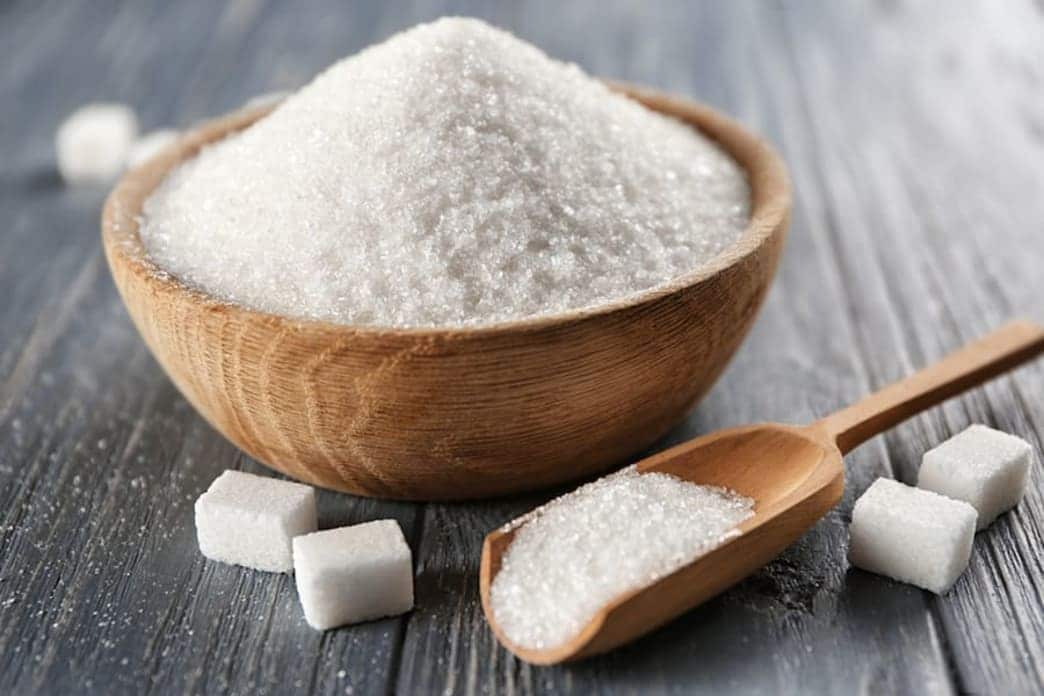Don’t be confused by all the sweeteners available on the market — learn which sugar is the healthiest and which you should avoid.
Agave. Coconut sugar. Molasses. Brown rice syrup. It’s enough to make you wonder what ever happened to plain old white sugar? It seems like sweetener options are multiplying and growing more confusing every day. Between scouring food labels and navigating recipes, it’s hard to know which sugar is the healthiest and which you should avoid.
“There are about 60 different names for sugar that can be found on a nutrition label — nectars, cane juice, syrups, honey and maltose, to name a few,” says Susan Stalte, RD LDN. “There’s no doubt that it’s overwhelming.”
According to Stalte, these various sweeteners differ by their glycemic index (how quickly they impact blood sugar) and amount of fructose. These factors will determine how our bodies will process them.
The Centers for Disease Control and Prevention recommends limiting added sugars to 6 to 9 teaspoons a day, or no more than 10 percent of total calories from added sugar. But given that a single can of soda has as much as 10 teaspoons of sugar, most Americans eat 19 to 20 teaspoons of added sugar a day.
“In such excess, sugar is linked to obesity, Type 2 diabetes, heart disease and other chronic inflammatory conditions,” says Toni Fiori, RDN. “Due to these health concerns, it is important to stay mindful of the various sugars lurking in many of our day-to-day foods.”
What’s in a Name?
Fiori shares the science, pros and cons behind some of the more common sugar types you’ve likely encountered in a protein bar, Paleo recipe or packaged food:
Looking at Labels
When it comes to reading labels, Stalte warns consumers not to be fooled by the term “natural” or “organic” — of course, organic may be a good option if that’s important to the individual, but she says sugar is sugar.
Fiori warns that sweeteners hide in many places, including yogurt, crackers, condiments and dried fruit. Sneaky names for sugar include anything that ends in ‘-ose’:
- sucrose (table sugar)
- lactose (natural sugar in dairy)
- maltose (natural sugar in starches, like bread)
- dextrose (simple sugar derived from corn that’s chemically identical to glucose)
- glucose and fructose (the small sugars that make up sucrose/lactose/maltose)
- monosaccharides and disaccharides (the blanket name for all the ‘-oses’)
- syrups (corn, brown rice, etc.)
“It’s important to know that truly any of these sweeteners are OK to enjoy now and then while keeping in mind that the evidence-based research behind monitoring daily sugar intake of any kind continues to grow,” Stalte says.
Written by Jill Schildhouse for Oxygen Magazine and legally licensed through the Matcha publisher network. Please direct all licensing questions to legal@getmatcha.com.
Featured image provided by Oxygen Magazine
Sugar in MariGold Bars and Snacks
At MariGold, our products have very low (often zero) added sugar. In fact, each MariGold bar has from 1 to 4 grams of total sugar, and 20+ grams of protein which makes them perfect for anyone desiring to keep their blood sugar and insulin in check!
Our bars have just a small touch of all natural sweeteners that have been in use for 1000’s of years. We keep things real instead of relying on sugar alcohols such as erythritol (from GMO crops) and Sucralose as some other bars do.
Our Fat Bombs include Allulose, a naturally occurring sugar found in fruits like raisins, figs, and jackfruit. You can find out more about Allulose here.





